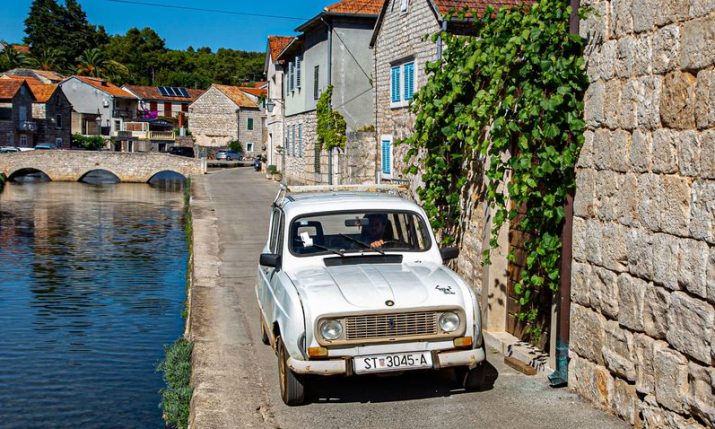Driving in Croatia: What tourists and foreigners need to know
- by croatiaweek
- in News

Split
As the tourist season approaches, many foreigners are set to visit Croatia. Whether arriving by car or renting a vehicle upon arrival, it’s essential for visitors to understand the local driving regulations.
The Ministry of the Interior has outlined the key rules and conditions for foreign drivers in Croatia, daily Večernji list writes.
According to information from the Ministry of the Interior, a foreigner who has been granted temporary or permanent residence in the Republic of Croatia, as well as a Croatian citizen returning from abroad, can drive motor vehicles based on a valid foreign driver’s license for up to one year from the date of entry into the country.
This also applies to staff of diplomatic and consular missions, representatives of international organisations, foreign trade, transport, cultural, and other representatives, and foreign correspondents in the Republic of Croatia.
The Ministry notes that a foreign driver’s license for operating motor vehicles in categories D1 or D will not be recognised for individuals under 24 years of age, for category C under 21 years, and for categories C1 and B under 18 years of age.
Category D1
This category includes motor vehicles designed to transport up to 16 passengers in addition to the driver, with a maximum length not exceeding 8 meters. Motor vehicles in this category can be combined with a trailer, provided the trailer’s maximum permitted mass does not exceed 750 kg.
Category D
This category includes motor vehicles designed to transport more than eight passengers in addition to the driver. Motor vehicles in this category can be combined with a trailer, provided the trailer’s maximum permitted mass does not exceed 750 kg.
Category C
This category includes motor vehicles, except those in categories D1, D, or F, with a maximum permitted mass greater than 7500 kg.
Category C1
This category includes motor vehicles, except those in categories D1, D, or F, with a maximum permitted mass greater than 3500 kg but not exceeding 7500 kg, and designed and constructed to transport up to eight passengers in addition to the driver. Motor vehicles in this category can be combined with a trailer, provided the trailer’s maximum permitted mass does not exceed 750 kg.
Category B
This category includes motor vehicles,, except for vehicles in categories AM, A1, A2, A, F, and G, with a maximum permissible mass not exceeding 3,500 kg and designed and constructed to carry no more than 8 passengers, excluding the driver’s seat.
Vehicles in this category can be combined with a trailer whose maximum permissible mass does not exceed 750 kg.
Without questioning the provisions of the regulations on vehicle type approval in question, vehicles in this category can be combined with a trailer whose maximum permissible mass exceeds 750 kg, provided that the maximum permissible mass of this vehicle combination does not exceed 4,250 kg. If the maximum permissible mass of such a vehicle combination exceeds 3,500 kg, the driver may operate such a combination only after passing the examination for that vehicle combination from the driving subject Vehicle Management.
You can see all the categories here.

